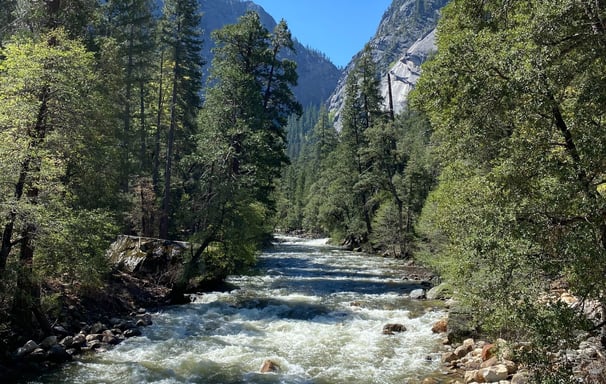The Sierra Nevadas
(Northern-central California, USA)
General info
The Sierra Nevada mountain range is one of the most well known mountain ranges in the US due to its striking scenic beauty and prominence in the heavily populated and touristic state of California. The Sierra Nevadas stretch for nearly 400 miles from dividing the Central Valley and Great Basin. This range has a an average width of 50 miles although in the famous Lake Tahoe, that width extends to 80 miles. The Sierras are home to three extraordinary national parks as well as the historic John Muir Trail and portions of the Pacific Crest Trail. The Sierra's western foothills arelargely associated with the California gold rush of mid 1800s that spurred significant population growth and infrastructure development.
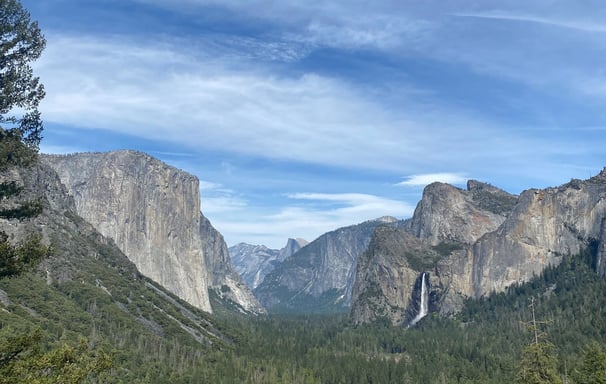

Notable features
The Sierras are home to several peaks above 10,000 feet in elevation such as Mount Whitney (14,494 feet) which is the highest peak in the contiguous US. Further north, in Lake Tahoe, the average elevation of the mountains are between 7,000 to 9,000 feet. The Sierra Nevadas are home to some of the largest trees in the world- the giant sequoia tree. These relatives of redwood trees are on abundant display in Sequoia National Park and Mariposa Grove of Yosemite National Park.
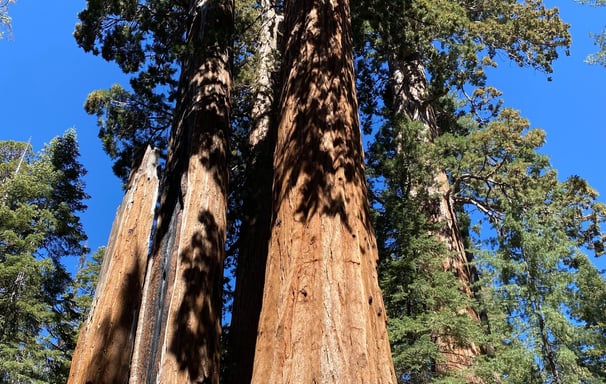

Climate
Given the Sierra's orientation in terms of latitude and proximity to the Pacific Ocean, the range mainly enjoys a mild climate although the higher elevation areas of the Sierra range will absolutely reach subalpine conditions and temperatures. During the rainy season (November-April), the western slopes experience moderate precipitation (70-80 inches annually) while the eastern slopes are generally drier (30-40 inches annually). At the higher elevations of the range, snowfall accumulation can reach up to 40 feet per winter.
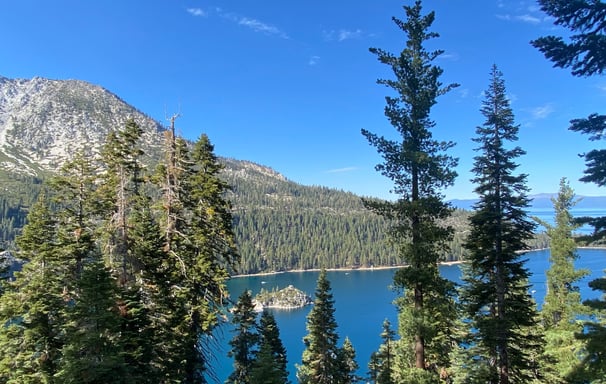

National parks
The Sierras are home to Kings Canyon, Sequoia, and Yosemite National Parks with the latter two experiencing tremendous tourism especially during the summer months. Sequoia can see over 1 million tourists on a given year while Yosemite usually takes in over 3 million tourists per year making it the 6th most visited national park in the US (2022 statistics). You can learn more about these national parks by clicking the button below and scrolling to the California section :)
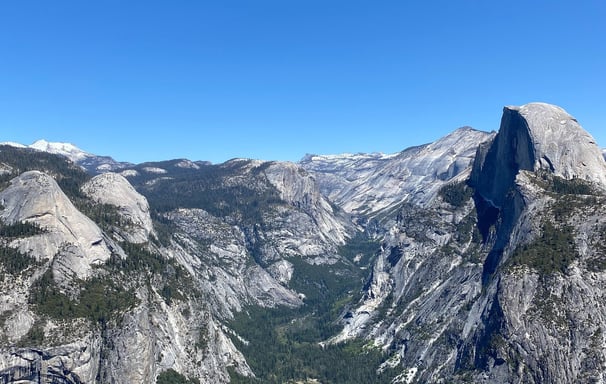

The gold rush
On the western foothills of the Sierra range between Lake Tahoe and present day Sacramento was where the first gold nuggets were found in a river nearby present day Placerville, California in 1848. Since that famed January day, in the years that followed, the California gold rush ushered in a new era of economic prosperity that left a lasting legacy not only on the state of California but the western United States at large. Tremendous development followed including the creation of banks, railroads, small businesses, agricultural businesses, and ultimately lead to the formation of Sacramento, San Francisco, and the surrounding "Bay Area".
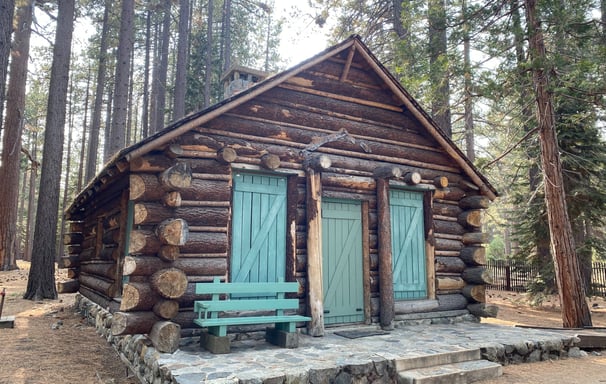

John Muir's legacy
You would be remised to mention the High Sierras without mentioning legendary naturalist John Muir. An early pioneer of the Sierras and an avid conservationist, it was John Muir that sparked early interest in the protections of the wilderness areas of the Sierras. Due to his tremendous impact, the Sierras today are largely experienced in the same way as when they were first discovered by European settlers in the early 1800s. Born in Scotland in in 1838, John Muir originally immigrated to Milwaukee, Wisconsin in 1849 with his parents before eventually making his way to California in 1968.
Today, you can walk in John Muir's shoes by hiking the namesake long distance John Muir trail (or a portion of it) which runs through the High Sierras for over 200 miles stretching from Yosemite Valley to Mount Whitney.
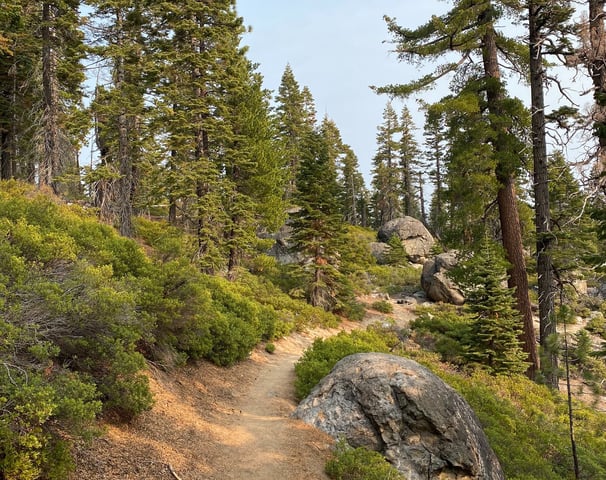

Wilderness areas
The Sierra Nevada's boast 10 national forest and nearly 30 protected wilderness areas encompassing tens of millions of acres that are vitally important to California's resources. In fact, the Sierra Nevada range is one of the largest protected areas in the United States and accounts for nearly 15% of California's entire landmass. You can read more about conservancy and statistics on the Sierra range here.
